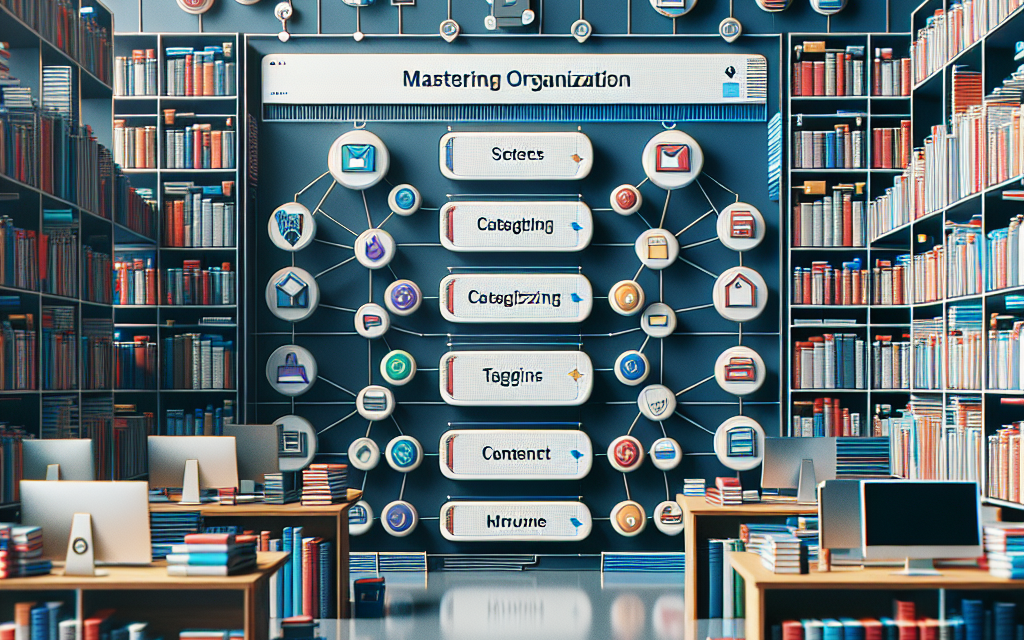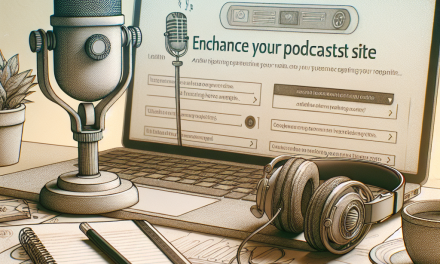In the vast digital landscape, content is king, but organization is the castle that houses this content. For blog platforms like WafaTech, mastering organization through effective categorization and tagging is vital for improving user experience, enhancing SEO, and driving engagement.
Categorization and tagging serve multiple purposes. They not only simplify the navigation process for readers but also help search engines understand the structure and context of your content. Implementing effective strategies in categorizing and tagging can transform a chaotic blog into a well-structured resource that keeps readers coming back for more.
One of the foundational steps in mastering organization is to define a clear taxonomy for your blog. This involves developing categories that reflect the main themes or topics of your content. Categories should be broad enough to encompass various subtopics but specific enough to give readers a clear understanding of what each section contains. For instance, if your blog covers technology, categories might include Software Reviews, Tech News, Tutorials, and Innovations. This approach helps create a clear roadmap for readers and encourages them to explore additional related content.
Once your categories are established, the next step is to utilize tags. Tags are more granular keywords that describe specific aspects of your posts and can overlap within different categories. When using tags, think about the unique elements that readers might be curious about. For example, within a post categorized under Software Reviews, you might use tags like “Windows,” “App Review,” or “Productivity Tools.” Effective tagging not only makes it easier for users to find content but also enhances the discoverability of posts through internal searches and related content suggestions.
Maintaining consistency in your taxonomy is crucial. Regularly review your categories and tags to ensure they evolve with your content. As your blog grows, you might find that certain categories are becoming too broad or that new topics have emerged that deserve their own category. Adjustments will keep your blog relevant and useful to your audience.
In addition to regular reviews, consider implementing a controlled vocabulary for your tags. A controlled vocabulary is a predefined list of tags that you use consistently throughout your blog. This helps avoid synonyms and variations that may confuse readers and search engines alike.
Another effective strategy is to use visual elements such as breadcrumbs. Breadcrumb navigation not only helps with SEO but also enhances the user experience by allowing readers to easily backtrack to broader categories or subcategories without getting lost. Integrating breadcrumbs can provide a clearer pathway through your content, further improving organization.
To enhance accessibility, ensure that your categorization and tagging system is user-friendly. Employ dropdown menus or sidebars that allow readers to filter content by category or tag effortlessly. The easier it is for users to navigate your content, the more likely they are to stay engaged.
Moreover, leverage analytics to monitor which categories and tags are performing well. Use these insights to refine your content strategy, focusing on popular topics and tags. This data-driven approach allows for continuous improvement in categorization and tagging, positioning your blog as a go-to resource in its niche.
As you enhance the organization of your WafaTech blogs, consider the benefits of using WafaTech NextGen WordPress Hosting. With state-of-the-art features optimized for speed, security, and scalability, WafaTech provides the perfect environment for your blog to thrive. Discover more about WafaTech NextGen WordPress and take your content to the next level by visiting WafaTech WordPress Hosting. Start building a blog that not only captivates but also provides an organized and engaging experience for your readers!





